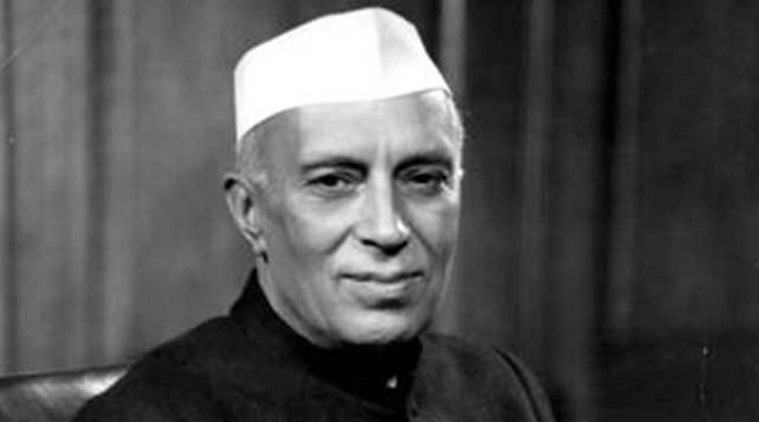ATIYA AMJAD, The Hindu, Hyedrabad, Tuesday, Apr 01, 2003 | To view more photos and read the full article, click here >>
THE RECENTLY inaugurated Nehru Centenary Tribal Museum (NCTM), in the premises of the Telugu Samkshema Bhavan, Masab Tank, in the city may not have made much news, but it seems to have provided Hyderabad yet another opportunity to explore new facets of social and cultural co-existence.
While the concept of preserving antiquity and rarity forms the reasons why societies sanction museums, one dedicated to tribals brings to mind the fragile existence of these communities.
As the wheel of modernisation is constantly accelerating each day, the need to document and schedule various tribes becomes an essential duty of the welfare state to locate tribal and similar people.
In its endeavour to bring tribal groups into the mainstream, the Tribal Cultural Research and Training Institute under the aegis of the Tribal Welfare Department, Government of Andhra Pradesh realised that about 33 tribal groups in our State form 41.99 lakhs population (as per the 1991 census) who should benefit from the grants and resources allotted to them.
Therefore, more than any ideological compulsions, the NCTM seems to specifically concentrate upon statistical documentation instead of conceiving a holistic agenda for the museum. All said and done the tribal communities exude an exoticism, which could be an appealing aspect for others to discover and study the roots of our origin. Hence, a model should be adapted to not merely strengthen the purpose of forming a platform for tribal groups but one that would provide a systematic voice for them. […]
The purposes such as studying the evolution of man and his culture of Indian situations, presenting the rich diversity of cultural patterns in our country and its underlying unity, national integration, conducting research in related areas and providing funds for such agendas and other related schemes. While the IGRMS has more or less achieved what was conceived as its functions the NCTM has just laid a foundation. It may not be such an ambitious enterprise as the Manav Sangrahalaya but it certainly requires the establishment of a philosophy, which can prove its mettle as a welfare wing.
In its endeavour, the NCTM has allotted galleries displaying the tribal groups of Andhra Pradesh spread across Srikakulam, Vizianagaram, Visakhapatnam, East Godavari, West Godavari, Khammam and Adilabad districts. Tribal tenements, agricultural implements, hunting equipment, musical instruments, ornaments, tribal panchayat, weekly markets, masks, photographs and an information centre are a few features that relate the idea with which the tribal museum was started. Although, the artefacts bear the origin of the tribal groups the congested display and a highly plastic montage of tribal groups mar the aesthetics, which could provide an accent to the tableaux perceived. Then the limited number of catalogues dedicated to the popular tribes such as the Yerukulas, Gonds, Koyas, Savaras, Yanadis and Lambadas leave a lot to be desired . In fact, besides the statistical information, it would help the readers if such literature is humanised with the local myths, traditions, arts and other aspects of the respective tribes.
While museums in India are meant to provide alternative education and houses assembled for posterity, the concept of museology itself seem to be taking a dimension, which seeks an interactive role in the growth of society.
Seeking a more contemporary stance, museums are today erasing the bulk of merely being ghost houses of history.
In the words of Rustom Bharucha, in Art India, Vol VI, Issue III: “If museums are repositories of the past, they risk being redundant in countries like India, where the past is alive in any number of unprecedented ways. Mutating, hybridising, and getting juxtaposed with modern and post modern incursions in our public sphere, the past is less a repository of seemingly eternal resources than a dynamic, even interruptive element in the shaping of new narratives.” Therefore, to counter the decays of disjointed documentations housed in museums, the idea of involving contemporary and popular traditions to form a link of the living past is necessary. […]
Source: The Hindu : May their tribe increase…
Address: http://www.thehindu.com/thehindu/mp/2003/04/01/stories/2003040100420100.htm
Date Visited: Fri Mar 13 2015 13:54:26 GMT+0100 (CET)
[Bold typeface added above for emphasis]

Photo © Indian Express